Introduction
The Pa’lante V2 is a lightweight, frameless backpack (16.8 to 17.5 ounces / 476 to 495 g, MSRP $240) for low to moderate weight loads and compact equipment. It is a minimalist backpack, but several novel design elements add to its functionality and set it apart from other packs in this category. Those design elements include pockets that are accessible while hiking, a funnel-shaped main packbag for easier packing, durable fabrics, comfortable shoulder straps, and a clean design.
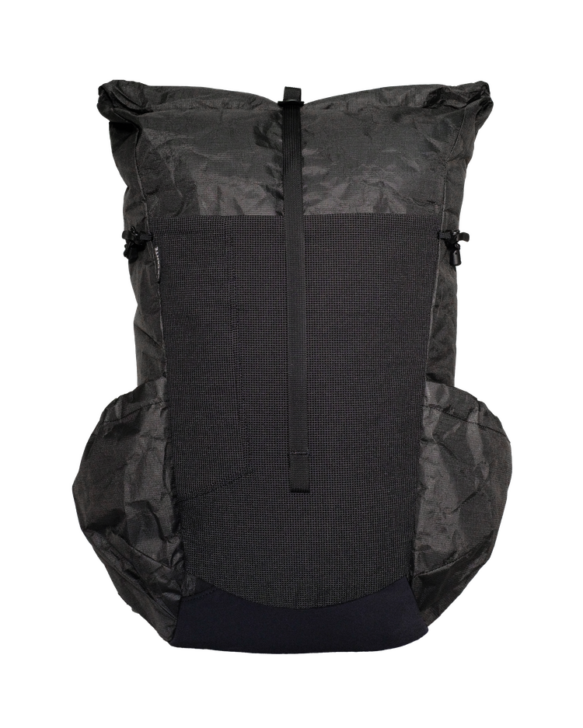
Table of Contents • Note: some sections may only be available to Premium or Unlimited Members.
Highlights
- lightweight at 17.5 ounces (495 g) for a 2,258 cubic inch (37 L) pack that fits a 19 inch (48 cm) torso length
- bottom pouch for stowing trash and snacks
- stowable hipbelt
- integrated stretchy pockets on shoulder straps
- funnel-shaped top opening makes it easier to pack and unpack compared to narrower openings
- large side pockets allow efficient storing of items typically needed while hiking
- priced similarly to other packs in its category (MSRP $240)
Review Rating: Highly Recommended
The Pa’lante V2 earns a Highly Recommended rating from Backpacking Light. This rating is conferred because of a collection of standout features that, by themselves, are benefits that aren’t unique to this pack, but as a collective whole, make this backpack a uniquely positioned product in the otherwise crowded market of frameless backpacks. Those features include a clean, aesthetically-beautiful design; shoulder, side, and bottom pockets that are accessible while wearing the pack; durable fabrics; robust and comfortable shoulder straps; stash-away hip belt; and a funnel-shaped top opening.
Where to Buy
Pa’lante backpacks are sold in small batches and not continuously stocked. Those batches go on sale intermittently and sell out quickly. Monitor the company’s Instagram feed for information about new batch inventory.
- Purchase the Pa’lante V2 directly from the manufacturer here.
Review Context
I’ve been using a Gregory Z55 for most 3-season trips up to about a week in length. I use a larger pack (Gregory Z75) for winter trips and a smaller, frameless pack (Arc’teryx Cierzo 35) for fast-and-light trips and biking to trailheads. But as the wear and tear of a decade of trips finally began to catch up with the Z55, I realized that perhaps part of loving a pack is letting it go.
Testing the Pa’lante V2 allowed me to move on from grieving the end of my relationship with the Gregory Z55. I was genuinely looking forward to using a more streamlined, minimalist pack that would require me to make more deliberate choices about what to bring and what to leave at home. I had an abundant selection of lightweight, low-volume gear in my gear room, but I often passed over the tarps and torso-length sleeping pads for the bulkier and more familiar pieces that fit easily in my Gregory pack. The V2 would be a catalyst for embracing a different backpacking style, and I was looking forward to the change.
Features
- side pockets, shoulder strap pockets, rear pocket, bottom pocket
- loops for storing ice axe
- side straps allow trekking poles to be stored securely in pockets
- stowable webbing hip belt
- roll-top closure
- durable materials/construction
- manufactured in Ogden, UT
- MSRP $240
Specifications
- 200D ultra weave (UHMWPE/polyester blend laminated to a 0.5 mL film) – black or white
- 210D HDPE nylon gridstop – black only
- weight: 16.8 to 17.6 ounces (476 to 499 g) – depends on torso size and fabric options
- capacity: 1,892 to 2,258 cubic inches (31 to 37 L) – depends on torso size
- torso sizes: 16 or 19 inches (41 or 48 cm)
- 3/8 inch thick Evazote foam shoulder straps
- roll-top closure
- UHMWPE grid mesh and nylon-spandex mesh pockets
- 15 mm nylon webbing
- aluminum adjustable tension hook
- 1.5-inch nylon webbing hipbelt with plastic buckle
Product Category Overview
The Pa’lante V2 pack is part of the increasingly crowded field of frameless, minimalist backpacks. Popular amongst thru-hikers and catered to by numerous cottage industry manufacturers, these packs are often scarcely more than a pound (454 g) in weight. They appeal to thru-hikers cranking out long days and using lightweight, low-volume gear. These are not packs to use if you’re bringing a camp chair, a hammock, a book, a two-person tent, bulky fleece and winter parkas, or large hydration bladders and gravity filters. These packs efficiently help you get from Point A to Point B carrying a minimalist equipment kit. They are designed to be as comfortable as possible when loaded at or below their load-carrying capacity (usually around 20 pounds / 9 kg).
Given the popularity of this style, several packs in this category have been the focus of reviews at Backpacking Light. Recently, Ben Kilbourne reviewed the Yar.gear Mountain Drifter and Andrew Marshall reviewed the Mountainsmith Zerk 40. In his review, Ben mentioned several related packs, including the Nashville Packs Cutaway, the Mountain Laurel Designs Hell 27L, the Six Moon Designs Flight 40 FKT, the Ultimate Direction Fastpack 40, the Superior Wilderness Designs Superior 35, and the Nunatak Liten 35. The LiteAF Curve is another pack that fits into this category.
Most mass-market backpack manufacturers don’t make ultralight frameless backpacks for actual backpacking. (There are summit bags and day packs that loosely fit in this category but aren’t well-suited for multi-day trips.) The reason almost certainly includes not wanting to deal with the inevitable avalanche of customer complaints of poor load-carrying performance rooted in unrealistic customer expectations. Thus, cottage manufacturers are left to fill the category.
Performance Assessment
Description of Field Testing
This Performance Review reflects my experience with the Pa’lante V2 backpack during multiple backcountry trips. Read more about our types of reviews here.
I tested the Pa’lante V2 during eight backpacking trips that included a mix of overnight trips and four-day trips. Aside from one four-day trip in the Big South Fork National River and Recreation Area in Tennessee in late October, all trips were in the Selway-Bitterroot Wilderness of Montana and Idaho between July and September in typical summer conditions for the Northern Rockies.
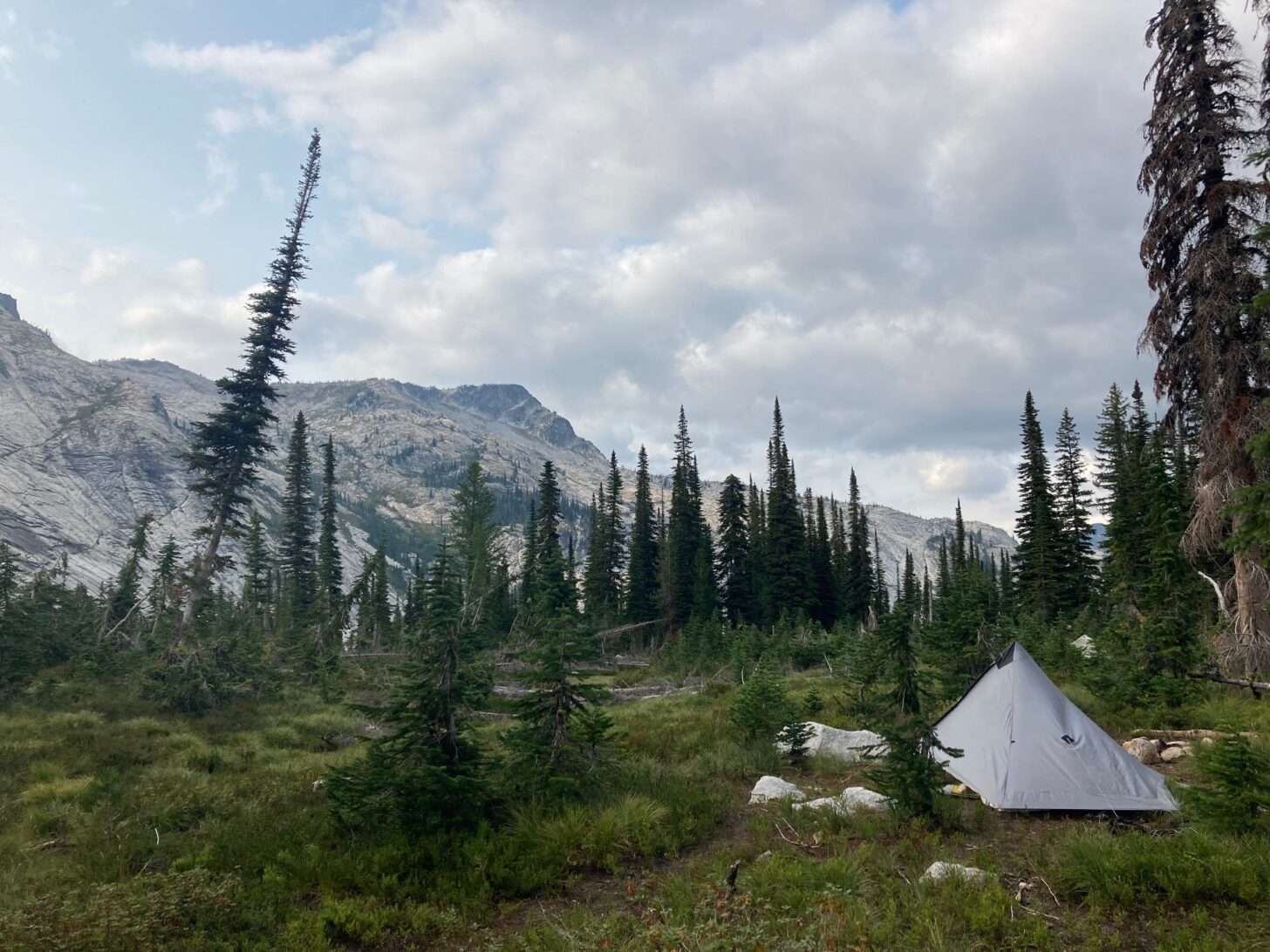
Though most testing occurred in the same general area, the conditions encountered and miles per day varied considerably between the various trips. My longest day with the pack was approximately 15 miles (24 km) on a well-maintained trail in Tennessee’s Big South Fork National River and Recreation Area with modest elevation changes. My shortest day was less than 4 miles (6.4 km) on a faint trail in the Selway-Bitterroot Wilderness. That day included a short but steep detour to a minor highpoint on a nearby ridge for a stunning view. This was a day where I focused more on meditating in meadows, swimming in alpine lakes, and fishing than hiking long miles. Most of the time, the distance walked fell between these two extremes, with 7 to 12 miles (11.2 to 19.3 km) per day being the general range. I was usually on a well-maintained trail and cruising along on longer days. On shorter days, I was often hiking cross-country for a significant portion of the total distance or hiking on faint trails that had limited maintenance and were more difficult to follow or had more obstacles (washouts, deadfalls, etc.).
I did not have any significant water carries when using this pack. I kept the weight between 12 to 22 lbs (5.4 to 10 kg). My pack weight varied, depending on the length of the trip, the weather forecast, and whether or not I packed extra gear (reading material or fishing gear). I feel confident that I tested this pack in the way most backpackers would use it. My experience and observations provide a reasonable assessment of the performance that hikers could expect with extended use.
I used the Pa’lante V2 backpack for a total of 19 days of backpacking and an additional 7 days of day-hiking.
I also used it for a short packraft day trip on the Bitterroot River near my home in Hamilton, Montana. I loaded it up with my packrafting gear, walked a half-mile (0.8 km) to the river, floated for a mile (1.6 km) or so, then exited the river and walked a mile (1.6 km) home. The ability to easily compress and stow the pack on that impromptu outing was very convenient. However, due to its limited capacity, this pack is unsuitable for more extended packrafting adventures where the raft, backpacking gear, and food all must be loaded simultaneously and carried for any appreciable distance.
List of Performance Criteria
- durability and fabric
- unique and innovative: the bottom stash pocket
- hipbelt
- comfort and fit
- capacity
- pockets and storage
- weight
- design and aesthetics
Durability and Fabric
Member Exclusive
A Premium or Unlimited Membership* is required to view the rest of this article.
* A Basic Membership is required to view Member Q&A events

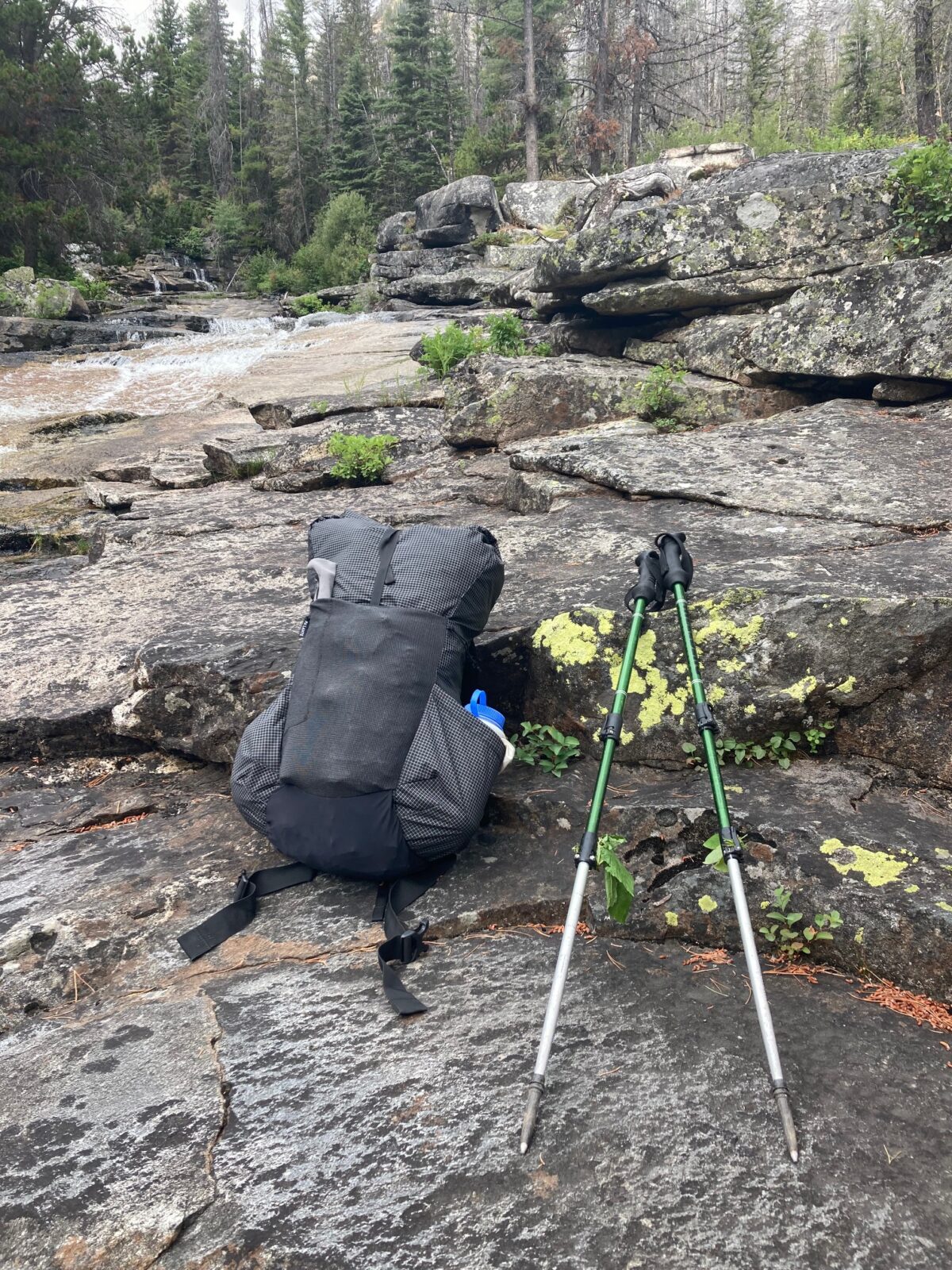
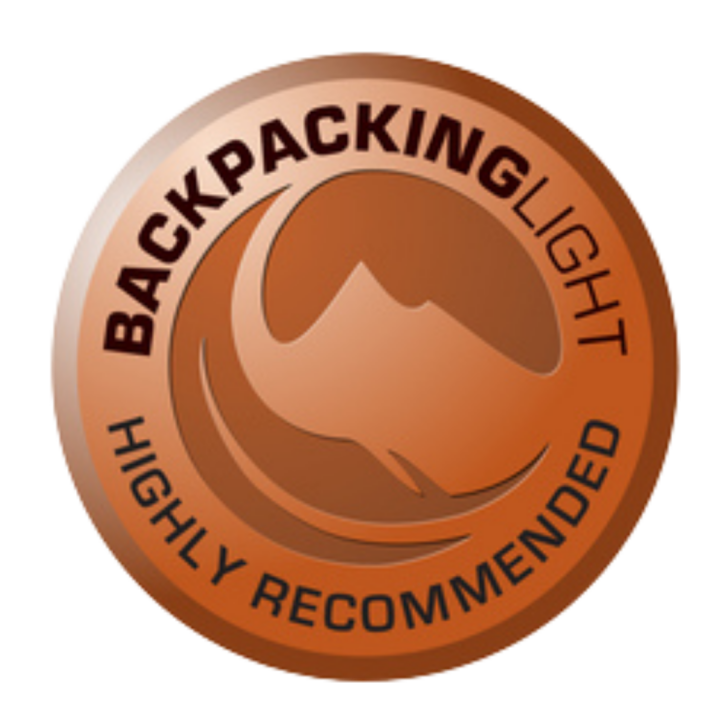

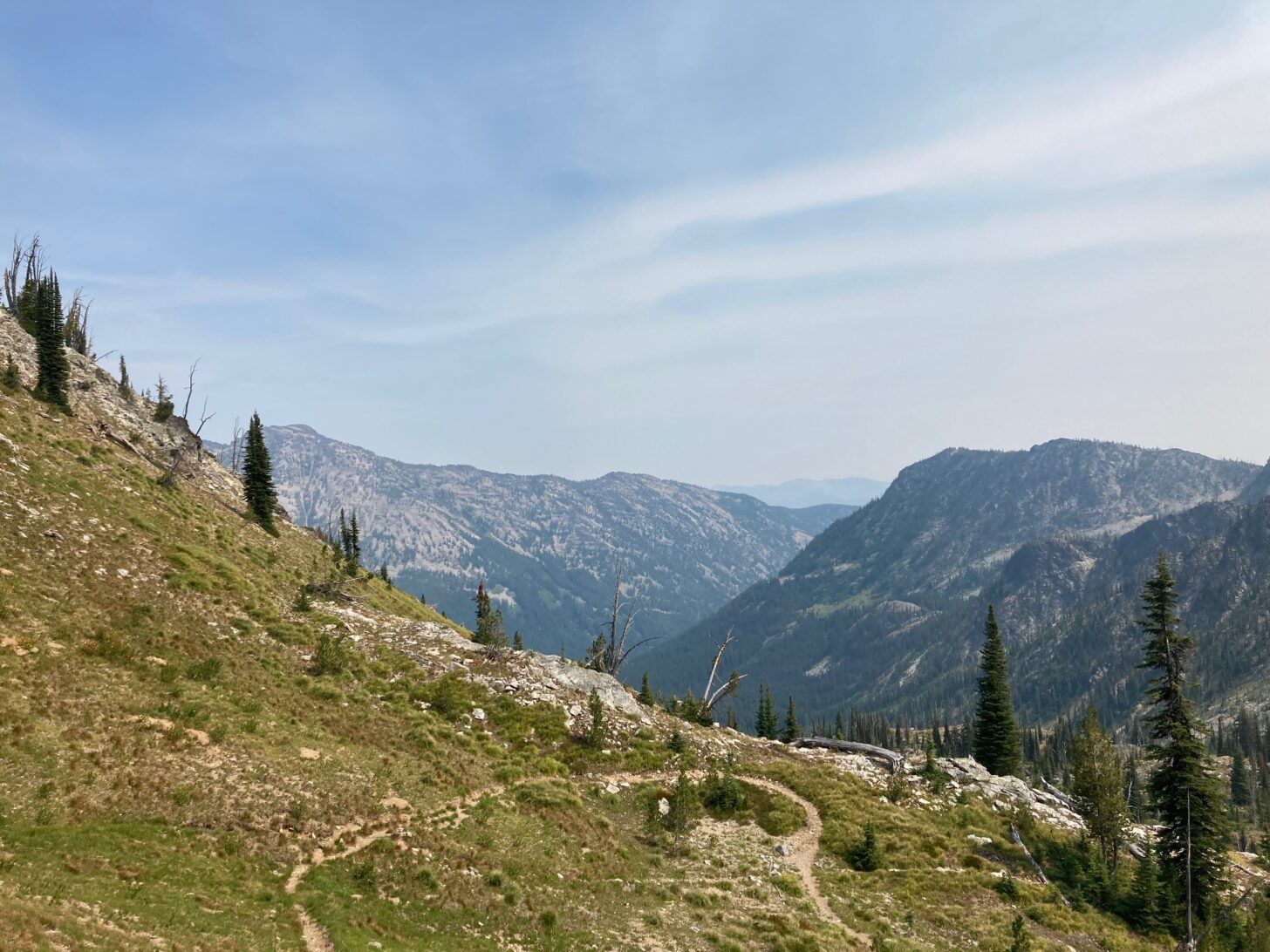


Home › Forums › Pa’lante V2 Review